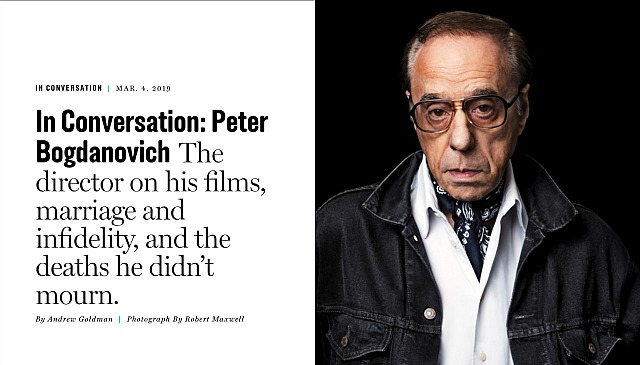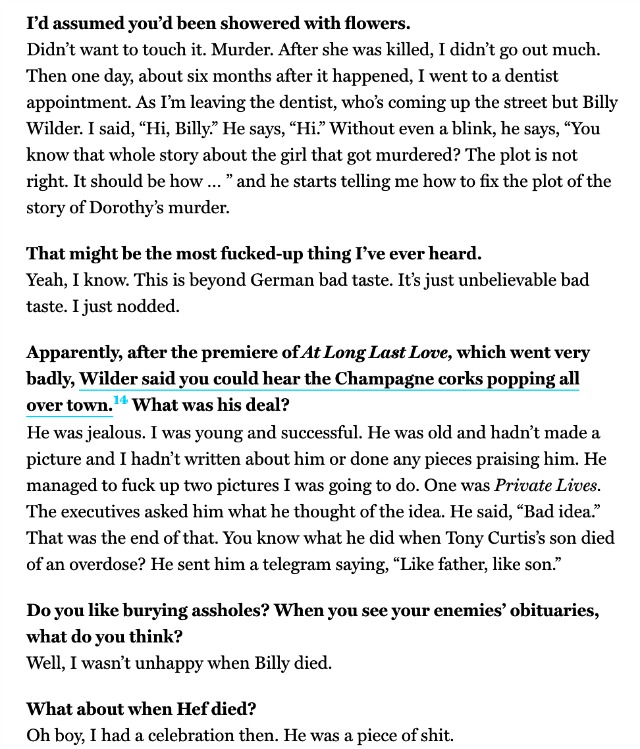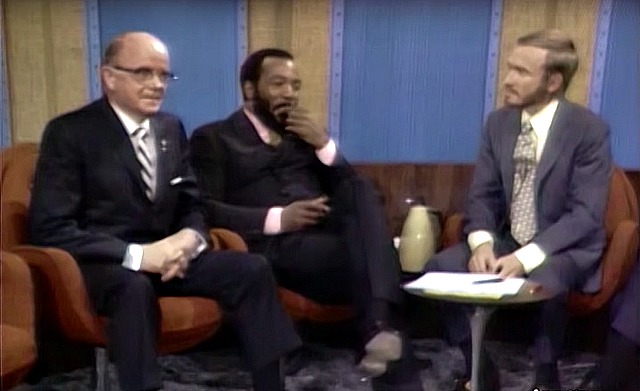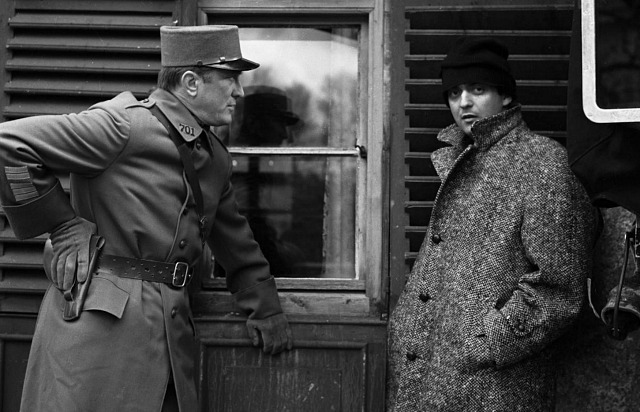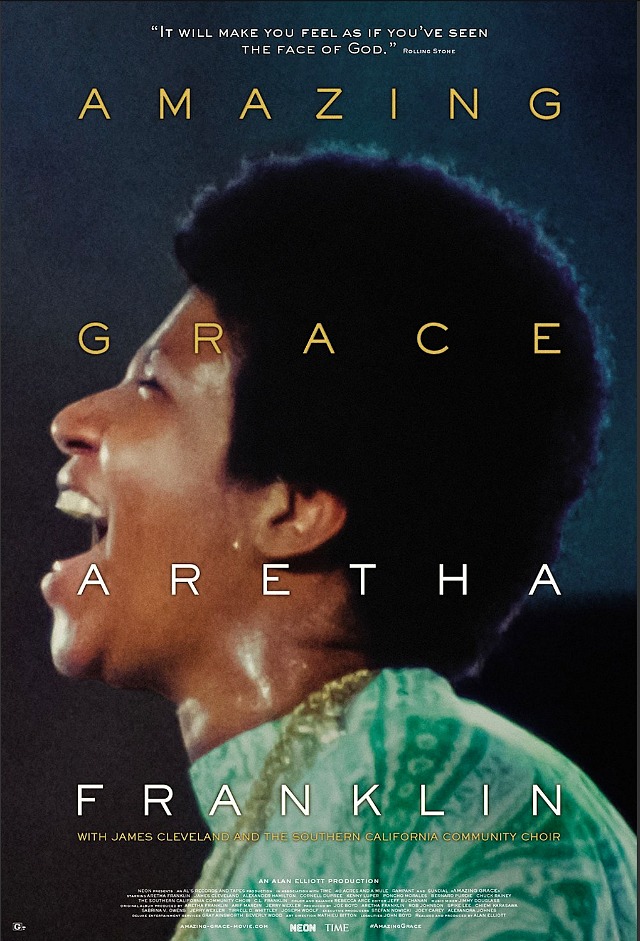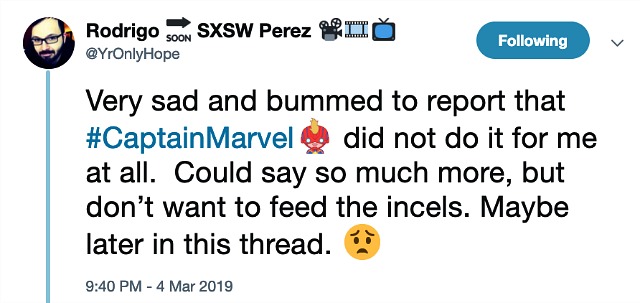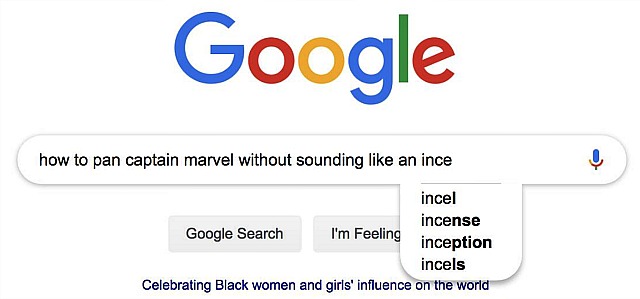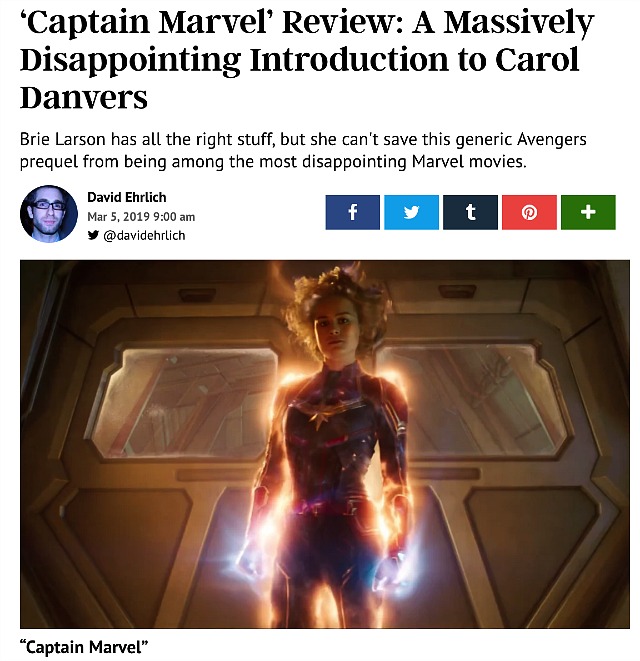A private sexual episode in the life of Warner Bros. CEO Kevin Tsujihara — 54, married, two kids — was exposed yesterday by The Hollywood Reporter‘s Kim Masters and Tatiana Siegel. And once the story gets around, Hollywood insiders will be gasping and fainting and using smelling salts to revive their colleagues.
So what sordid or otherwise disreputable behavior was Tsujihara guilty of? Had he sexually harassed an employee? Or used company funds to pay for the services of expensive prostitutes? Or been photographed with a leather-clad dominatrix in Las Vegas? None of these. Tsujihara — are you sitting down? — had a three-year affair with a young British actress named Charlotte Kirk.
And once the affair had been going for a year or two — this is where the story gets really, really bizarre — Kirk started to pester Tsujihara more and more about wanting him to help her land parts in movies and TV shows.
I for one am shocked that such a relationship could ever happen in the big-studio realm of present-day Hollywood. To the best of my knowledge no producer, director or studio chief in Hollywood history has ever used his (or her) power to initiate sexual activity with any actress or actor of any age. Yes, I’ve heard second-hand rumors about depravity of this sort, but I’ve never read about any hard proof until today.
Not to mention the notion that Kirk felt frustrated that her sexual relationship with Tsujihara wasn’t leading to enough career opportunity, and that she complained and demanded more than what she was getting, and that Brett Ratner and even attorney Marty Singer eventually stepped in to try and facilitate her demands…well, I’m just stunned.
Did Kirk — 21 when the affair began, now 26 — go to Masters and Siegel with the story? Did she self-pen an expose of this lascivious affair? No. In fact, she denied that anything even vaguely problematic or exploitive happened. Unfortunately Masters and Siegel have text messages that prove otherwise.
From Siegel and Masters’ story: “The three-year entanglement, revealed here for the first time, offers a window into a dark aspect of the entertainment industry, which regularly brings together attractive young women, eager if not desperate for a shot at stardom, and successful men who at times see these women as a perk of their wealth and power.”
Satan never sleeps!

